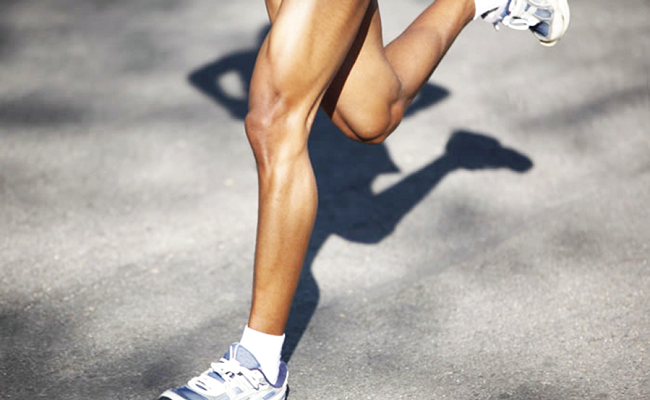
Physiotherapy management of runner’s knee
Rehabilitation of runner’s knee is individualised and also depends on the severity and symptoms of the individual. Therapy aims at improving function and reducing pain.
Advertisement
Strengthening the muscles of the thigh ensures that knee joint remains stable and strong to withstand any stress placed on it. When pain is reduced, you may be required to undergo a specified exercise regime to improve your condition.
During rehabilitation, it’s vital to avoid activities which may aggravate your knee pain.
Braces and Taping
The affected knee joint may be supported with a brace to improve the alignment of the knee cap to the joint. The brace also increases the stability in the knee joint.
Your knee cap may also be taped – application of an adhesive strip - to decrease any pain you may have when you perform your functional activities.
Cold Therapy
The application of ice on the knee is targeted to reduce the swelling and pain. Wrap a towel around an ice pack and place it around the affected joint for 10 minutes several times in a day to help decrease pain and swelling.
Stretching and strengthening exercises
The muscles around or supporting the knee assists in stabilising the joint and also reduces the stress placed on it. The hip muscles are strengthened to improve the condition of the knee cap.
Strengthening these muscles enable the knee cap to retain its correct position and encourage proper loading or weight-bearing in the joint.
Stretching exercises are also critical in the rehabilitation of this condition.
These exercises are begun when the pain in the affected leg decreases. They include the following;
- Lie down on your unaffected side with the affected knee bent and hip bent; gently lift your knee from the bed while keeping your foot on the bed.
Move your affected knee away from your unaffected knee, as far away as you can tolerate and maintain the position for 10 -15 seconds.
Bring your leg back onto the bed and repeat as often as you can throughout the day. Ensure that you keep your back from touching the bed as you move your affected knee from the bed.
- This exercise may also be performed early to improve the condition. Lie down on a bed and roll a towel placing it beneath your affected knee.
Gently press down the towel into the bed and hold for 5 – 10 seconds. Relax and repeat as often as you can throughout the day as you can tolerate.
Ensure that your toes point towards the ceiling and you move your foot towards your body.
- Stand facing a wall and place both hands on the wall. Place your affected knee in front of the unaffected one and gently lean forwards as you bend your affected knee and keep the unaffected knee straight.
Hold the position for 5 to 10 seconds and relax. Repeat throughout the day as often as you can tolerate.
Ensure that your affected knee faces the wall and does not fall inwards as you move forwards.
- Stand with your back against the wall. Place both feet a few inches away from the wall and apart from each other. Slowly lower yourself down against the wall as your bend your knees.
Remain in that position for 5 – 10 seconds and straighten both knees. Repeat as often as you can throughout the day as you can tolerate and it should not cause you pain.
- Lie on your back and place both feet on the bed. Gently lift the affected leg off the bed and straighten your knee. Hold the position for 5 – 10 seconds and gently lower your leg onto the bed.
Relax and repeat as often as you can tolerate throughout the day. Ensure that your toes point towards the ceiling/ upwards when you lift your leg upwards.
Therapeutic exercises are an important aspect of therapy however; the affected knee joint should not be over stressed in order to decrease symptoms.
Your usual sports and work activities ought to be modified to improve the condition. It’s vital that you avoid any activity – for example running, jumping etc - that increases your symptoms.
The therapeutic exercises ensure that the knee cap’s position and movement remain normal when performing your daily activities.




